Cybercriminals are like shape-shifting adversaries. They exploit software flaws, target human vulnerabilities, and launch cunning attacks (phishing, malware). To stay ahead, understanding the evolving cyber threat landscape is vital.
VAPT is a proactive approach to identifying and mitigating vulnerabilities, ensuring defense against threats.
Restricting access to sensitive data and critical systems is vital. Implement strong authentication and adhere to the principle of least privilege to enhance security.
Human error is a common entry point for cyber attackers. Regularly educate your staff about the latest threats and best practices.
Cyber attackers often maliciously exploit known vulnerabilities in outdated software. It's crucial to consistently patch and update your systems to promptly close these gaps.
Combatting today’s ever-evolving IT security threats requires a robust defense. Network and endpoint security solutions are your frontline warriors. Choosing the right security solutions is crucial. Cybersecurity companies specialize in providing comprehensive security solutions and can help you select the tools best suited to your specific needs.



The ever-expanding realm of cyberspace security necessitates a collective approach. By fostering strong connections with other organizations and security experts, you can:
Share Threat Intelligence: Exchanging knowledge about new threats and techniques empowers you and your partners to proactively defend against emerging cyber threats. This collaborative effort strengthens the overall security posture of the cyberspace community.
Develop Collective Defense Measures: By working together, you can create a more comprehensive defense strategy, leveraging the expertise and resources of multiple organizations. This collaborative approach can significantly enhance your ability to safeguard against cyberattacks.
Remember, cyberspace security is a shared responsibility. By fostering collaboration and sharing threat intelligence, we can collectively build a more secure digital future.

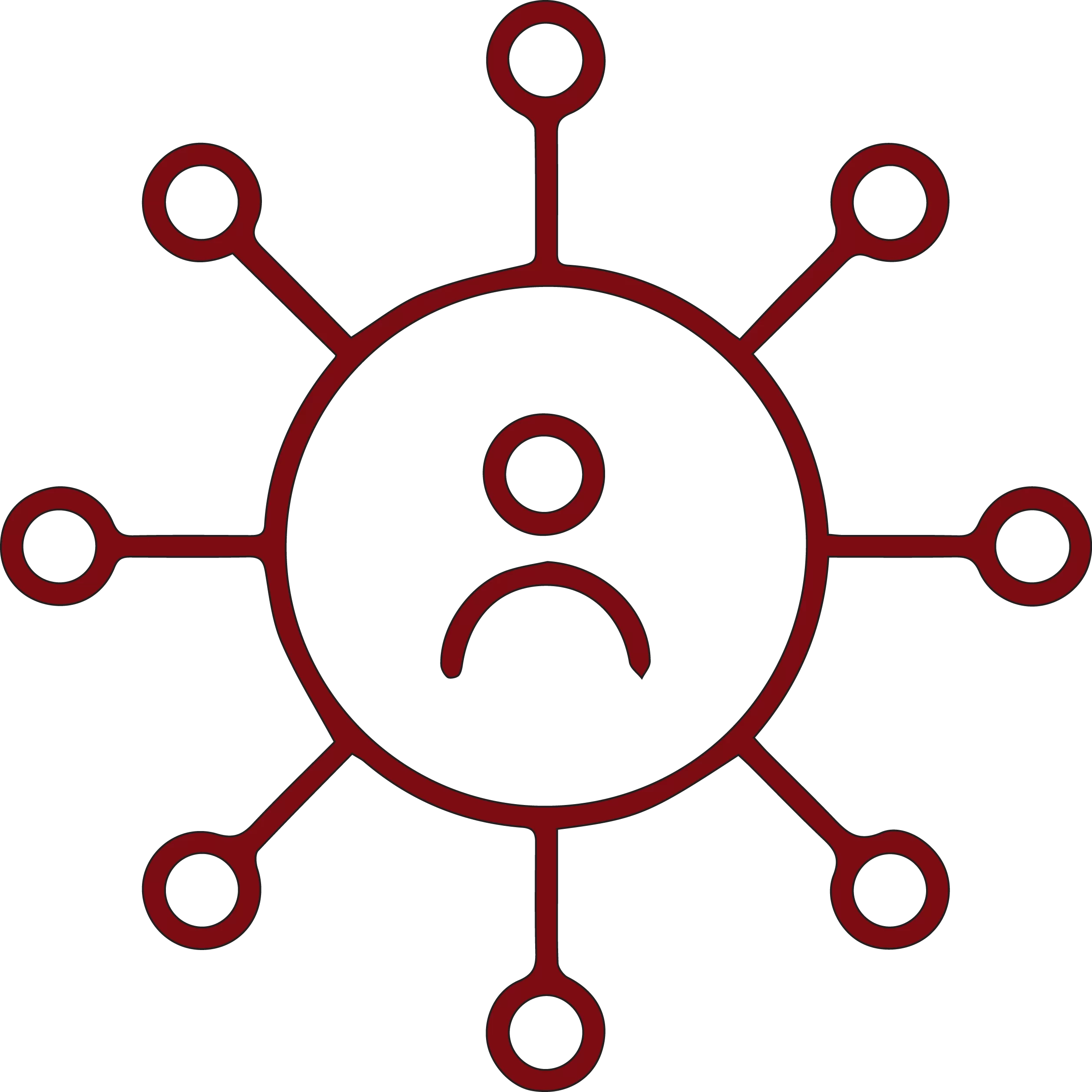

Traditional security models often rely on a perimeter-based approach, trusting anyone inside the network. However, today’s complex environment demands a more stringent approach.
The Zero Trust security model offers a robust defense against evolving cyber threats and IT security threats. It operates on the principle of “least privilege,” assuming no user or device, internal or external, is inherently trustworthy.
Here’s how Zero Trust empowers your organization:
Rigorous Authentication & Authorization: Every user and device must undergo strict authentication and authorization procedures before gaining access. This significantly reduces the risk of unauthorized access by malicious actors.
Minimized Attack Surface: By limiting access to a “need-to-know” basis, Zero Trust shrinks the attack surface, making it more difficult for attackers to exploit vulnerabilities and move laterally within your network.
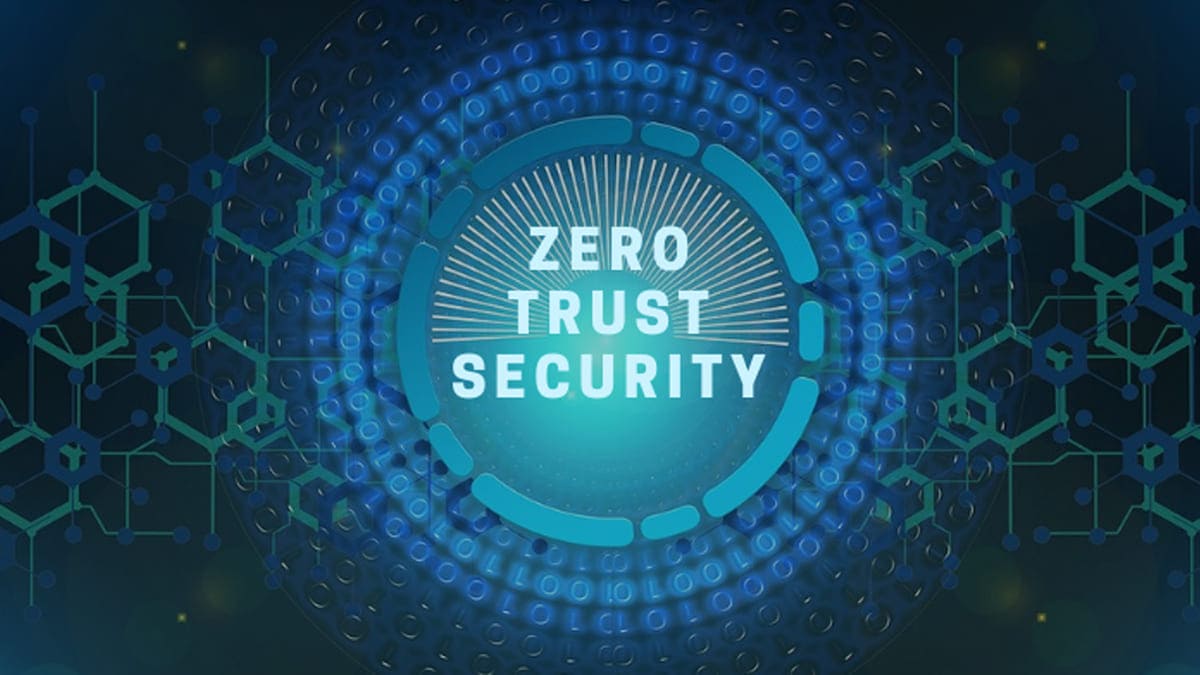
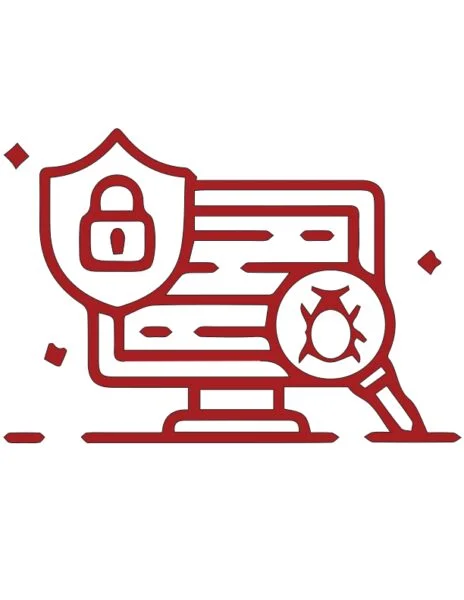
Employ advanced threat detection solutions like Security Information and ML algorithms.
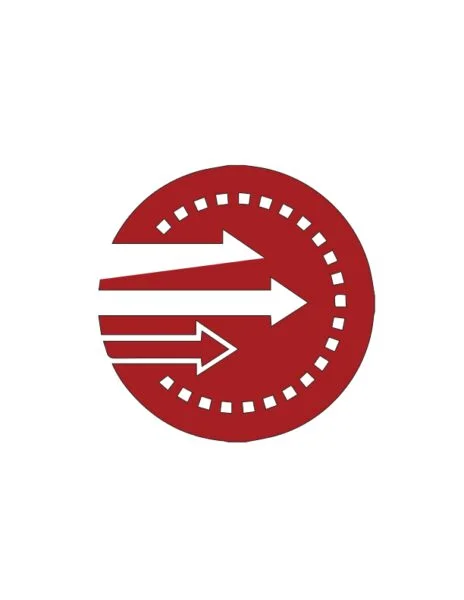
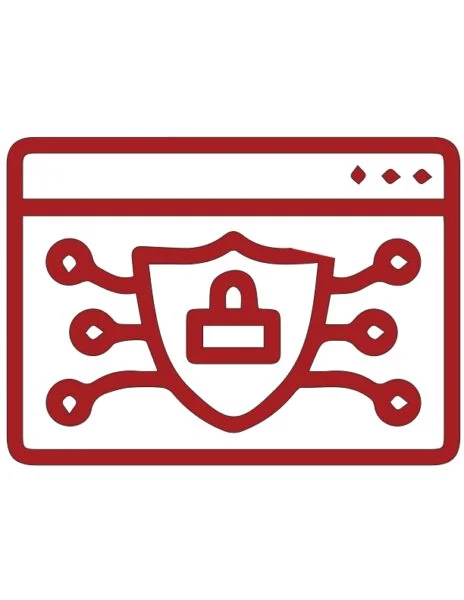
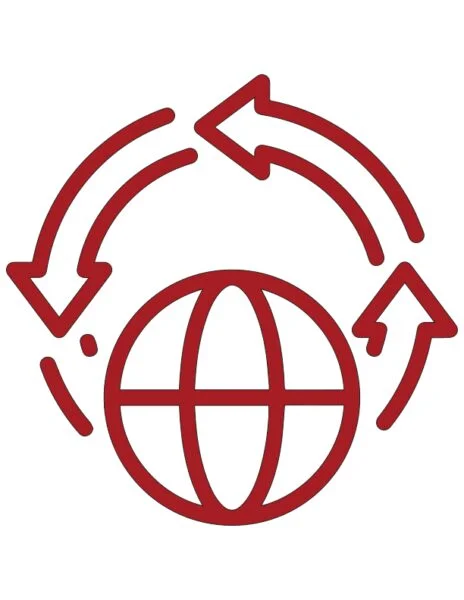
Preparing for the worst is a proactive step through words business continuity.
Consider establishing dedicated threat-hunting teams within your organization. These teams focus on actively searching for signs of compromise.
Don't forget to assess and manage the cybersecurity of third-party vendors and partners. Cyber attackers often target weaker links in the supply chain.
Create a cybersecurity culture within your organization. This includes promoting a sense of responsibility among employees improvements.
Artificial intelligence (AI) and machine learning (ML) are powerful tools for cybersecurity, analyzing vast datasets to detect emerging threats and stay ahead.

As organizations increasingly migrate data and applications to the cloud, a robust cloud security strategy is paramount. This proactive approach safeguards your valuable assets in the cloud environment.
Cloud Security Tools & Services: Utilize a comprehensive suite of cloud security tools and services designed to protect your data and applications. These tools can help with encryption, intrusion detection, and vulnerability management.
Strong Access Controls: Implement robust access controls to govern who can access your cloud resources and what actions they can perform. This minimizes the risk of unauthorized access and data breaches.
Regular Audits & Assessments: Don’t just set it and forget it. Regularly audit and assess your cloud infrastructure for potential security vulnerabilities. Consider engaging a certified cloud security professional to conduct in-depth assessments and ensure your cloud environment remains secure.
By adopting a proactive approach to cloud security, you can confidently leverage the power and scalability of the cloud while safeguarding your critical assets.

The primary motivation for attackers varies widely, but a common thread is often financial gain. Cybercriminals are frequently driven by the prospect of monetary rewards, whether through direct theft, ransom payments, or selling stolen information on the dark web. Additionally, geopolitical motives, hacktivism, and the desire for notoriety or ideological impact can also play significant roles in motivating attackers. Understanding these diverse motivations is crucial for developing effective cybersecurity strategies.
Protecting systems from attackers is crucial to safeguard sensitive information, maintaining operational integrity, and ensure business continuity. Cybersecurity measures mitigate the risk of unauthorized access, data breaches, and disruptions, preserving trust with stakeholders. Proactive defense not only prevents financial losses but also upholds an organization’s reputation, competitiveness, and compliance with regulatory standards in an increasingly interconnected and digital landscape.
The main purpose of cyberattacks varies, encompassing a range of motives such as financial gain, espionage, political influence, and ideological beliefs. Threat actors may target individuals, organizations, or governments to steal sensitive information, disrupt operations, or compromise security. As technology evolves, the sophistication and diversity of cyberattacks continue to grow, posing significant challenges for cybersecurity professionals, especially those specializing in cloud security. The ever-increasing reliance on cloud infrastructure necessitates a skilled workforce, and organizations can benefit from collaborating with certified cloud security professionals to safeguard digital assets and infrastructure. These professionals possess the expertise to design and implement robust security measures in the cloud environment. By staying vigilant and adopting a comprehensive security strategy, organizations can mitigate cyber risks and protect their valuable data.
Cyber attacks pose significant harm by compromising confidentiality, integrity, and availability of digital assets. They can lead to data breaches, financial losses, and disruption of critical infrastructure. Beyond immediate consequences, cyber attacks erode trust, damage reputations, and may have far-reaching societal impacts. The interconnected nature of modern systems amplifies the potential harm, making cybersecurity crucial to safeguarding individuals, organizations, and nations.
Keeping track of domain registrations to identify and mitigate phishing sites or domains that mimic the brand.